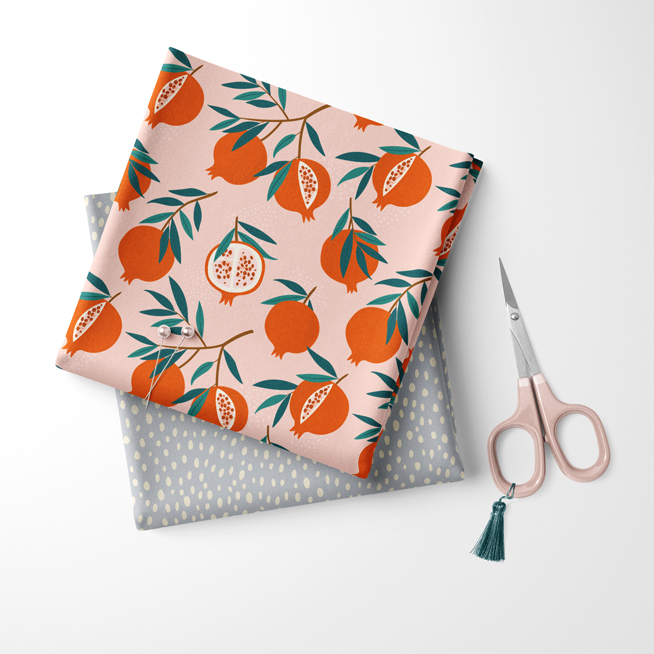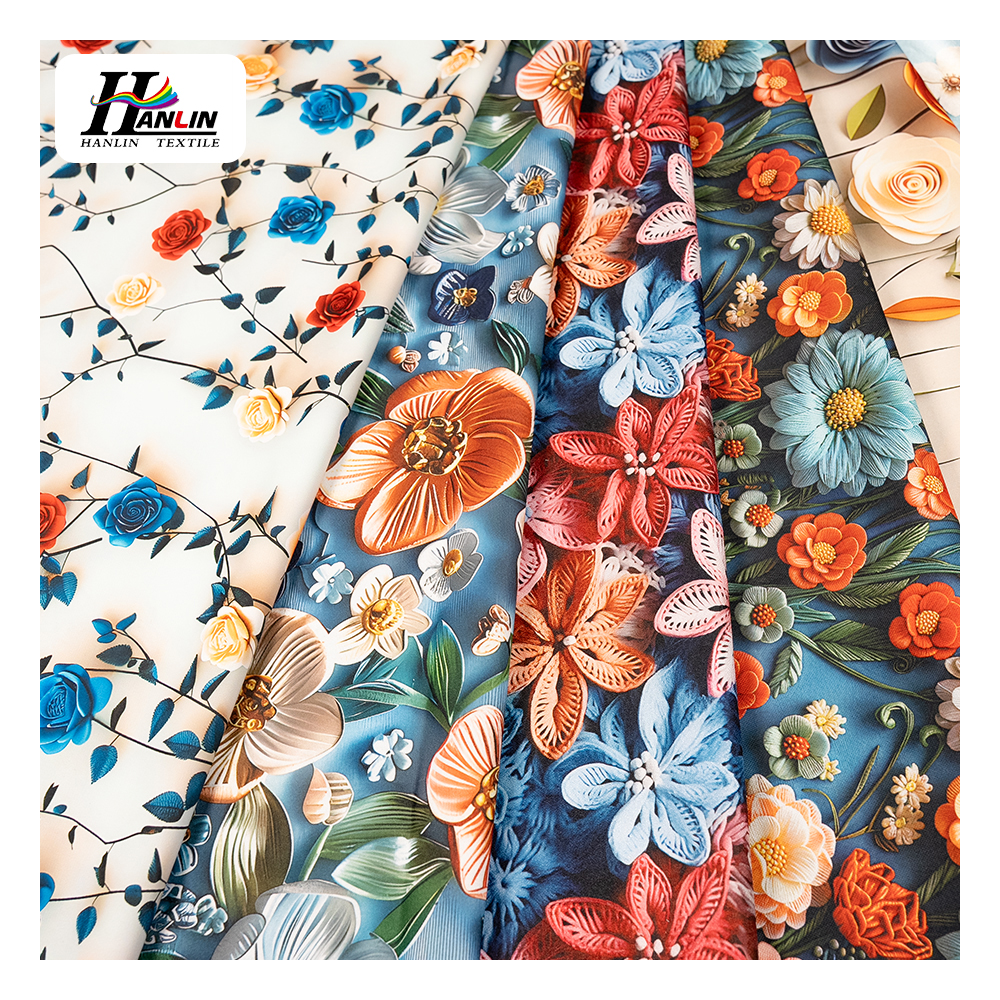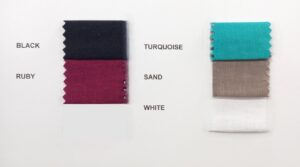Can You Print on Cotton and Viscose Fabrics?

Fabric compatibility is a pivotal consideration in fashion and sewing, affecting the outcome of any creative project. Cotton and viscose are popular choices, but how well do they work together? This article explores their compatibility, offering insights into their properties, benefits, challenges, and care tips.
Compatibility Analysis
Yes, you can print on both cotton and viscose fabrics, and they can be combined effectively. These two fabrics complement each other due to their similar texture and weight, making them suitable for a wide range of applications. Cotton is a natural fiber known for its breathability and durability, while viscose, a semi-synthetic fiber, offers a silky feel and excellent drape. Both fabrics have moderate stretch and are relatively easy to care for, though they may require different washing and ironing settings.
Fabric Properties Comparison Table
| Property | Cotton | Viscose |
|---|---|---|
| Fiber Content | Natural | Semi-synthetic |
| Weight and Thickness | Light to medium | Light to medium |
| Breathability | High | Moderate to high |
| Moisture-Wicking | Good | Moderate |
| Stretch and Elasticity | Low to moderate | Moderate |
| Wrinkle Resistance | Low | Moderate |
| Care Instructions | Machine wash, warm iron | Hand wash or gentle cycle, cool iron |
| Durability | High | Moderate |
Benefits of Mixing These Fabrics
Mixing cotton and viscose can enhance the texture and visual interest of garments, providing a balance between comfort and performance. The combination offers improved drape and movement, making it ideal for flowing dresses and blouses. Additionally, this blend can be cost-effective, providing a luxurious feel without a hefty price tag. The versatility of these fabrics makes them suitable for both summer and winter wear, offering endless design possibilities for fashion and home decor.
Potential Challenges
Despite their compatibility, mixing cotton and viscose can present challenges. Different shrinkage rates may cause fit issues if not pre-washed. Conflicting care requirements can complicate maintenance, while texture clashes might result in pilling. Seam puckering and color bleeding are also potential issues. To mitigate these challenges, pre-wash both fabrics, use the appropriate needle and thread, and test colorfastness before sewing.
Sewing & Styling Tips
When sewing cotton and viscose together, choose a universal needle size 70/10 or 80/12, and a polyester thread for flexibility and strength. Consider using interfacing or stabilizers to support seams and prevent puckering. French seams or serged edges can provide a clean finish. Opt for patterns that require minimal structure, allowing the natural drape of the fabrics to shine. For styling, pair cotton-viscose garments with simple accessories to highlight their unique texture.
Care & Maintenance Guide
To care for cotton-viscose blends, wash them in cold water on a gentle cycle or hand wash. Air drying is recommended to prevent shrinkage, while ironing should be done on a low setting, with a pressing cloth to avoid damage. For stain removal, treat the fabric gently with mild detergent and avoid harsh chemicals. Regular maintenance will extend the life of your garments, preserving their appearance and feel.
FAQ Section
-
Can you wash cotton and viscose together?
Yes, but use a gentle cycle and cold water to prevent damage. -
Will cotton shrink more than viscose?
Cotton is more prone to shrinkage, so pre-washing is essential. -
What needle size should I use for sewing these fabrics together?
A universal needle size 70/10 or 80/12 is ideal. -
Can you mix cotton and viscose in one garment?
Absolutely, they complement each other well in terms of texture and weight. -
How do you prevent fabric issues when combining these fabrics?
Pre-wash both fabrics, use appropriate sewing techniques, and test for colorfastness. -
Is it okay to mix cotton and viscose for upholstery?
Yes, but ensure the blend is suitable for the intended use and care requirements. -
What’s the best way to finish seams with these fabrics?
French seams or serged edges are recommended for a clean finish.
In summary, cotton and viscose can be printed on and combined effectively, offering a versatile and aesthetically pleasing fabric pairing. With careful consideration of their properties and care requirements, you can create beautiful and durable garments and home decor items.


Leave a Reply